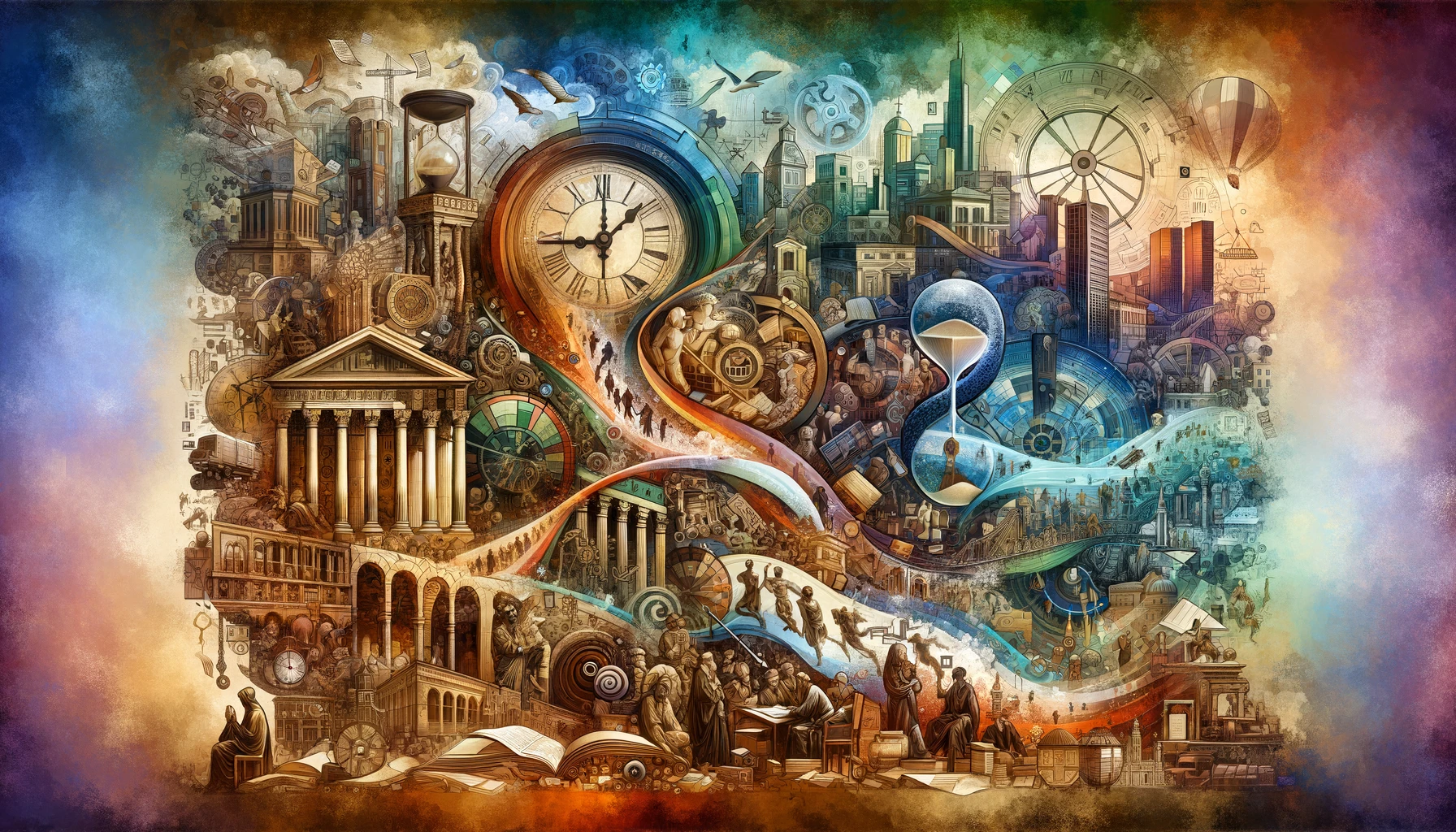

Welcome to The Real History. A blog where I talk about the real historical inspirations for my YA fantasy debut “Treasures of Egypt.”

Queen Ahhotep—Mother. General. A Certified Badass
Queen Ahhotep stands as a towering figure in Egyptian history, a woman who not only broke the mold but reshaped it entirely. Her story is one of courage, brilliance, and unwavering dedication to her nation, marking her as one of the earliest and most influential female leaders in history. This blog post aims to shed light on her remarkable life, her unparalleled achievements as a ruler, her legacy, and her enduring legacy. Today, we discover the real woman who inspired the fiction Ahhotep we meet in Treasures of Egypt.

Amun and Amunet—The Hidden Ones
Central to the pantheon of ancient Egypt were the gods Amun and Amunet, two deities shrouded in mystery and revered for their profound influence. In this blog post, we will delve into the mythology surrounding these enigmatic figures, exploring their origins, roles, and significance in ancient Egyptian religion, and how they inspired their fictional counterparts in my YA fantasy novel, Treasures of Egypt.

The Two Lands—The Birth of Egypt
Ancient Egypt's narrative begins with a remarkable event: the unification of two distinct lands, Upper and Lower Egypt, around 3100 B.C. This event not only laid the foundation for one of history's most fascinating civilizations but also represented the cultural and political ethos of ancient Egypt and laid the foundation for the world’s oldest country. Today we will delve into the history of the Two Lands and their unification and how they shaped the narrative of the YA fantasy novel, Treasures of Egypt.

Rising From the Waters of Chaos—the Egyptian Creation Myth
Ancient Egyptian creation myths, brimming with fascination and diversity, are a crucial element in the colorful mosaic of Egyptian mythology. These regional narratives provide a glimpse into how the ancient Egyptians perceived the cosmos and the genesis of the world. Passed down across generations, these stories stand as a testament to the creativity and depth of Egyptian thinking.
Central to these myths is the belief that the gods orchestrated the creation of life, nature, and societal structures. These narratives are more than mere tales; they are deeply ingrained in sacred hieroglyphics adorning monuments and texts throughout Egypt.
Today, we will explore the creation myths that inspired the mythology behind the YA fantasy novel, “Treasures of Egypt.”

King Hatshepsut—His Majesty, Herself
In Egypt’s long history, few figures capture the imagination like King Hatshepsut of Egypt. Hers is a tale not just of power, but of the sheer force of character and intellect. Hatshepsut's journey from queen to Pharaoh is as remarkable today as it was in the 15th century B.C., and her legacy continues to inspire and resonate throughout Egypt and the world. Today, we will discover the true story behind Treasures of Egypt’s fictional interpretation of Hatshepsut.

Atum: The Egyptian God of Creation
In the realm of ancient Egyptian mythology, the gods embody the elements and forces of nature that shaped the world as the Egyptians knew it. Among these divine figures, Atum stands out as a primordial entity, a god of creation, and a being older than existence itself. This blog post will show you the true history of the fictional version of Atum present in my fantasy novel “Treasures of Egypt.” Together we’ll go on a journey through the real-world mythology and legends surrounding Atum, exploring his origins and his lasting impact on Egyptian culture.
